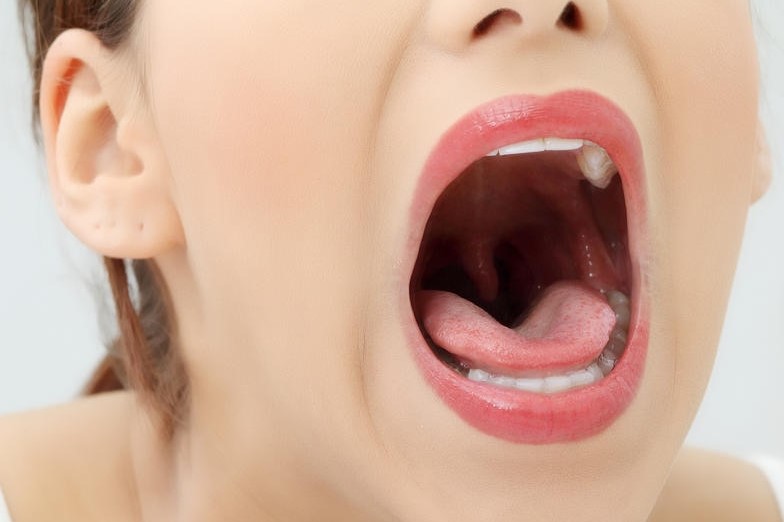
Stomatopyrosis or burning mouth syndrome: what it is and how to treat it
The term stomatopyrosis, or burning mouth syndrome (BMS), refers to a chronic painful symptomatology of the oral cavity that manifests itself with severe burning in the absence of mucosal lesions
If the disorder focuses only on the tongue area, it is called glossopyrosis.
As a rule, sufferers do not suffer from burning sensations upon waking, but throughout the day.
The sensations are accentuated especially in the evening until they become of such duration and magnitude that they affect the others (tactile, thermal, gustatory), altering them.
Stomatopyrosis, causes and diagnosis
The clinical assessment of stomatopyrosis is difficult to ascertain as the spectrum of possible causes is very broad: the origin may be physical, nutritional, due to allergic reactions or imperfect dental prostheses.
Moreover, given the greater frequency of occurrence of this disorder in postmenopausal women, it is usual to hypothesise a link with oestrogen deficiency as well as a relationship with states of anxiety and stress.
Diagnosis is made by means of an inspection of the oral cavity, aimed above all at preemptively ruling out the presence of mucous lesions, or through culture, saliva, allergy and haematological tests and, if necessary, biopsy.
During the diagnosis phase, it is also important to ascertain any current pharmacological therapies that may have altered the oral microenvironment (e.g. antibiotic, antihypertensive, antihistamine therapies), food allergies and allergies to foreign materials (such as dentures).
How stomatopyrosis is treated
There is no specific therapy for stomatopirosis and the administration of antifungals, local anaesthetics and antihistamines often proves to be a non-resolving treatment.
In any case, it is advisable to follow a balanced diet, abolish alcoholic beverages and discontinue drug treatments that are not strictly necessary.
Read Also:
Emergency Live Even More…Live: Download The New Free App Of Your Newspaper For IOS And Android
Plaques In The Throat: How To Recognise Them
Lymphoma: 10 Alarm Bells Not To Be Underestimated
Non-Hodgkin’s Lymphoma: Symptoms, Diagnosis And Treatment Of A Heterogeneous Group Of Tumours
Lymphadenomegaly: What To Do In Case Of Enlarged Lymph Nodes
Sore Throat: How To Diagnose Strep Throat?
Sore Throat: When Is It Caused By Streptococcus?
Pharyngotonsillitis: Symptoms And Diagnosis
Tonsillitis: Symptoms, Diagnosis And Treatment



